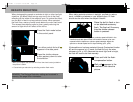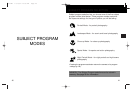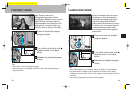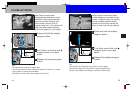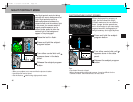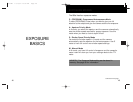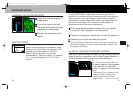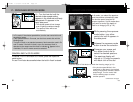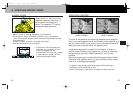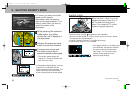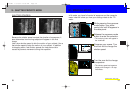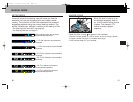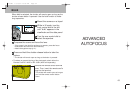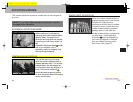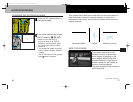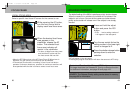
55
A - APERTURE PRIORITY MODE
54
Large Aperture
(small f-number)
Small Aperture
(large f-number)
The size of the aperture (lens opening) determines the depth-of-
field in the final image as well as the intensity of the light falling on
the film. Depth of field is the area in front of and behind the point
where the lens is focused which will appear sharp.
Large apertures (small f-numbers) limit the depth of field to a
narrow range. Choose a large aperture if you want a defocused
background so your main subject stands out, such as with
portraits.
Small apertures (large f-numbers) provide greater depth-of-field.
Choose a small aperture when you want maximum focus range,
such as in a landscape photograph.
• In general, wider lenses provide more depth-of-field and longer
(telephoto) provide less depth of field.
• There is less depth of field when your subject is close to the lens.
APERTURE CONTROLA-MODE FLASH
• When the flash is ready, will appear in the viewfinder.
• The shutter will stay at or below the camera's top x-sync speed of
1/200. Faster shutter speeds can be used when high-speed flash sync
is selected (p 87).
• A larger f-number will result in a smaller flash range.
• Push the flash down if it is not needed.
When the built in flash is up or an
attached accessory flash is on, it
will fire each time a picture is
taken. The camera's TTL control
ensures a proper exposure.
• If 200 blinks in the data panel and
viewfinder, the f-number is too low
and the photograph will be
overexposed. Turn either dial to select
a larger aperture number until the
shutter speed stops blinking.
2152EE 17/10/97 10:55 AM Page 54



